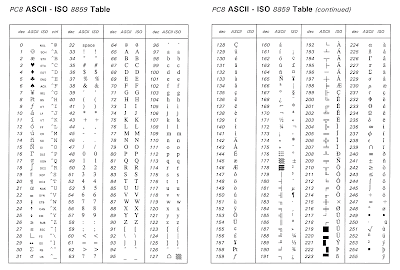The usage of hash function
Hash functions are fundamental to various aspects of computer science and information security. A hash function takes an input (or 'message') and returns a fixed-size string of bytes, typically a digest that appears random. Here are some key uses of hash functions:
1. Data Integrity and Verification
Checksums: Hash functions are used to create checksums, which help verify the integrity of data. If the checksum of received data matches the checksum of the original data, the data is considered intact.
2. Cryptographic Applications
Password Hashing: Storing passwords as hashes rather than plain text enhances security. When a user logs in, the entered password is hashed and compared to the stored hash.
Digital Signatures: Hash functions are used in creating digital signatures. The hash of a message is encrypted with a private key to form a digital signature, ensuring message integrity and authenticity.
Cryptographic Hash Functions: Hash functions like SHA-256 and SHA-3 are used in cryptographic applications to ensure data integrity and security. These are designed to be resistant to attacks.
3. Blockchain and Cryptocurrencies
Transaction Hashing: In blockchain, transactions are hashed and included in blocks. Each block contains a hash of the previous block, creating a chain of blocks (hence the name blockchain).
Mining: In Proof of Work (PoW) systems, miners solve complex hash puzzles to add new blocks to the blockchain. This involves finding a nonce that, when hashed with the block’s data, produces a hash with specific properties (e.g., a certain number of leading zeros).
4. Data Structures
Hash Tables: Hash functions are used in hash tables, which are data structures that map keys to values. This allows for efficient data retrieval, insertion, and deletion.
Merkle Trees: Hash functions are used in Merkle trees to create a hierarchical structure of hashes. This structure is used in blockchain and other applications to verify data integrity efficiently.
5. Digital Fingerprinting
File or Data Fingerprinting: Hash functions can create a unique fingerprint for files or data sets, allowing for quick comparisons and duplicate detection.
6. Randomization and Load Balancing
Hash Functions in Load Balancers: Hash functions distribute requests evenly across servers in load-balancing applications, ensuring no single server is overwhelmed.
Random Number Generation: Hash functions can contribute to pseudo-random number generation, used in various applications requiring randomness.
7. Data Deduplication
Storage Optimization: Hash functions identify and eliminate duplicate data in storage systems, saving space and improving efficiency.
Key Properties of Cryptographic Hash Functions
- Deterministic: The same input always produces the same output.
- Fast Computation: Hash functions should compute the hash value quickly.
- Pre-image Resistance: Given a hash value, it should be computationally infeasible to find the original input.
- Small Changes Impact: A small change in input should produce a significantly different hash.
- Collision Resistance: It should be infeasible to find two different inputs that produce the same hash value.
Hash functions play a crucial role in ensuring data security, integrity, and efficiency across numerous applications in computer science and information technology.


Ulasan